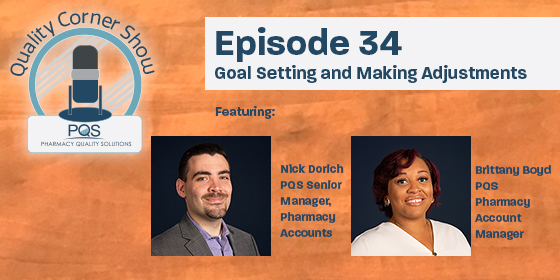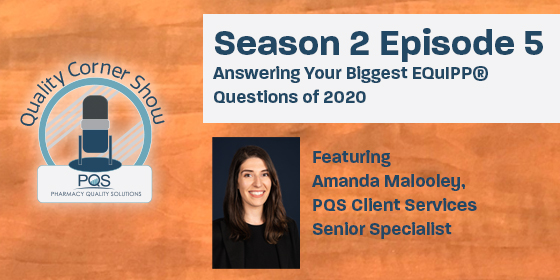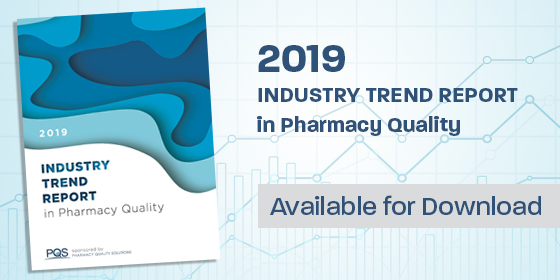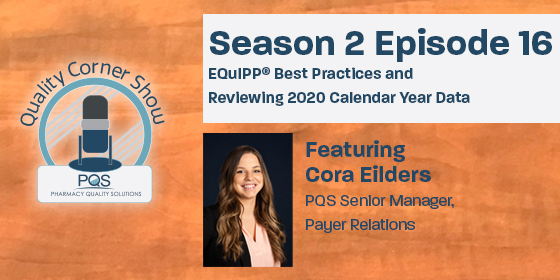
Year-to-Date performance data for full year 2019 is now available for review within the EQuIPP™ platform with the February 2020 refresh.
You can log in to EQuIPP™ using the button below:
Log in to EQuIPP™For participants partnered with plans, head over to the My Programs page. Be sure to review your performance with the programs you were enrolled in. Look at your OUTLIERS and see who the patients are that negatively impacted your score. Compare those patients to your dispensing record to see when and where they became nonadherent.
 Pay extra close attention to the fill history in the measurement period of July to December. Try to identify if any patterns exist. For example, you may find that several of your outliers had gaps in their fill history in September. You may be able to link that gap with some event or occurrence that was going on at the time in your store. If you can identify such issues, you have taken a big step and can now plan to avoid those issues in the future.
Pay extra close attention to the fill history in the measurement period of July to December. Try to identify if any patterns exist. For example, you may find that several of your outliers had gaps in their fill history in September. You may be able to link that gap with some event or occurrence that was going on at the time in your store. If you can identify such issues, you have taken a big step and can now plan to avoid those issues in the future.
When you compare your outlier lists for the year side by side with the outlier lists for the last six months of the year, you can begin to see a story develop. You will see one of three scenarios play out for your patients.
- The first scenario is that the patient is an outlier for year-to-date, and when you look at the second half of the year, the patient has a higher score as an outlier. They may even not be listed as an outlier in the second half of the year. This scenario tells you that you are moving down the right path. The second half of the year was stronger for the patient than the first half and they are moving towards being adherent. They still need your help, however.
- The second scenario is that the patient is an outlier for the July through December period, but they have a higher score for year to date. They may not even be listed on the year to date list at all. Sound the warning alarms, because this scenario tells you that the patient is doing worse in the second half of the year. This patient needs your help right away to get back on track.
- The third scenario is rare, especially from a statistical calculation perspective. In this scenario, the six month and the year to date scores are the same. These patients are consistently nonadherent, and they need your help. One thing to look out for are patient scores right around the 50% mark. This may be a clue of a patient that is splitting pills. They may very well be “adherent” but the label on the bottle does not match what they are really doing.
With any of the scenarios listed above, remember, your nonadherent patients need some help. Now is the time of year to make sure you know what kind of help they need, so that you can help them get on track. The more barriers you can identify and resolve with your patients now, the better your 2020 will be.
We recommend looking at your year-to-date OUTLIER for all your measures and all your plans. Create and save this list, so you can look back at it throughout the year.
Make note of those patients that negatively impacted your score for the measurement year. The best predictor of future performance is past performance. Or in other words, if the patient failed a measure last year, there is a strong likelihood that they will fail the measure this year. A nonadherent patient will stay nonadherent unless acted upon by you, the pharmacist and the pharmacy staff.
If you have any questions about how your patients are scored, be sure to submit those for review by clicking the SUPPORT link in the upper right corner of the screen on the EQuIPP™ dashboard.
For more information on Year End Results from the February Refresh, please listen to the Quality Corner Podcast Episode 19 below or visit the full Quality Corner Podcast library.














